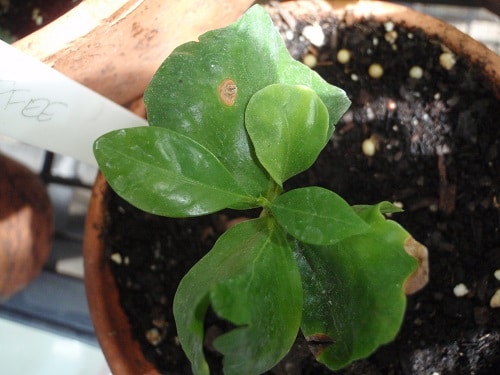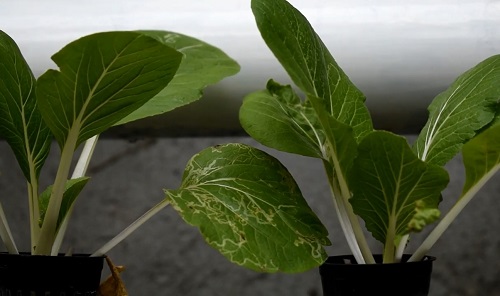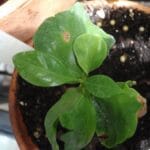If you’ve been growing plants in soil and want to make the switch to hydroponics, you may be wondering how to transplant your plants without damaging them. Transplanting from soil to hydroponics can be a bit tricky, but with the right preparation and techniques, you can make the transition smoothly. In this article, we’ll cover everything you need to know about transplanting from soil to hydroponics, including the benefits of hydroponic gardening, preparing for the transplant, and the steps involved in the process.
Benefits of Hydroponic Gardening
Before we get into the nitty-gritty of transplanting, let’s take a quick look at why you might want to switch to hydroponics in the first place. There are several benefits to hydroponic gardening, including:
- Increased yield: Because hydroponic plants receive all their nutrients directly from the water, they can grow faster and produce larger yields than plants grown in soil.
- Water conservation: Hydroponic systems use significantly less water than traditional soil-based gardening, making them an eco-friendly option.
- Pest control: Since hydroponic plants are grown indoors, they’re less susceptible to pests and diseases than outdoor plants.
- Space-saving: Hydroponic systems can be set up vertically, allowing you to grow more plants in less space than traditional gardening methods.
Preparing for the Transplant
Before you start the transplant process, there are a few things you’ll need to do to prepare your plants and your hydroponic system.
Gather Your Supplies
You’ll need the following supplies to transplant your plants from soil to hydroponics:
- Hydroponic system: Choose a system that’s appropriate for the size and type of plants you’ll be growing.
- Hydroponic nutrient solution: This is the solution that provides your plants with the nutrients they need to grow.
- pH testing kit: Hydroponic plants are sensitive to pH levels, so you’ll need to monitor and adjust the pH of your nutrient solution.
- Scissors or pruning shears: You may need to trim the roots and foliage of your plants before transplanting them.
- Sterilized cutting tool: This will be used to cut the plants’ roots.
Prepare Your Plants
Before transplanting your plants, you’ll need to prepare them by following these steps:
- Water the plants thoroughly the day before the transplant. This will help loosen the soil and make it easier to remove the plants from their pots.
- Remove the plants from their pots and gently shake off any excess soil. You may need to loosen the soil around the roots with your fingers or a small tool.
- Trim any dead or damaged roots with scissors or pruning shears.
- Cut the plants’ main stem down to about half its original height. This will help the plant adjust to its new environment and focus its energy on growing new roots.
The Transplant Process
Now that you’ve prepared your plants and gathered your supplies, it’s time to start the transplant process.
Step 1: Clean and Fill the Hydroponic System
Clean your hydroponic system and fill it with water. Add the hydroponic nutrient solution and adjust the pH to the appropriate level.
Step 2: Place the Plants in the Hydroponic System
Gently place your plants into the hydroponic system, taking care not to damage the roots. Make sure the plants are securely in place and that the roots are submerged in the nutrient solution.
Step 3: Monitor and Adjust
Keep an eye on your plants over the next few days and adjust the pH and nutrient levels as needed. You may also need to prune the plants to ensure they’re growing properly in the hydroponic system.
Tips for Successful Transplanting
Transplanting from soil to hydroponics can be a bit tricky, but with these tips, you can increase your chances of success:
- Choose healthy plants: Plants that are already struggling in soil may not do well in a hydroponic system. Choose plants that are healthy and thriving.
- Be gentle: Take care not to damage the roots or foliage of your plants during the transplant process.
- Monitor pH levels: Hydroponic plants are sensitive to pH levels, so make sure to monitor and adjust the pH of your nutrient solution as needed.
- Start with a simple system: If you’re new to hydroponics, start with a simple system before moving on to more complex setups.
- Don’t overwater: While hydroponic systems use less water than soil-based gardening, it’s still possible to overwater your plants. Make sure to follow the instructions for your specific system.
FAQs
Can all plants be transplanted from soil to hydroponics?
While most plants can be grown in a hydroponic system, some may not do well in this type of environment. Do your research beforehand to ensure your plants are a good fit for hydroponic gardening.
How often do I need to adjust the pH and nutrient levels?
This will depend on your specific system and the plants you’re growing. As a general rule, you should monitor and adjust pH and nutrient levels on a regular basis, usually every few days.
Can I reuse my hydroponic nutrient solution?
Yes, you can reuse your nutrient solution for multiple plant cycles, but you’ll need to monitor and adjust the pH and nutrient levels as needed.
Do I need special lights for hydroponic gardening?
While some plants can grow well in natural light, others may require special grow lights for optimal growth in a hydroponic system.
Can I grow vegetables in a hydroponic system?
Yes, hydroponic gardening is a great way to grow a variety of vegetables, including lettuce, tomatoes, peppers, and more.
Conclusion
Transplanting from soil to hydroponics can be a bit intimidating, but with the right preparation and techniques, you can make the transition smoothly. By choosing healthy plants, being gentle during the transplant process, monitoring pH levels, starting with a simple system, and avoiding overwatering, you can increase your chances of success and enjoy all the benefits of hydroponic gardening.



